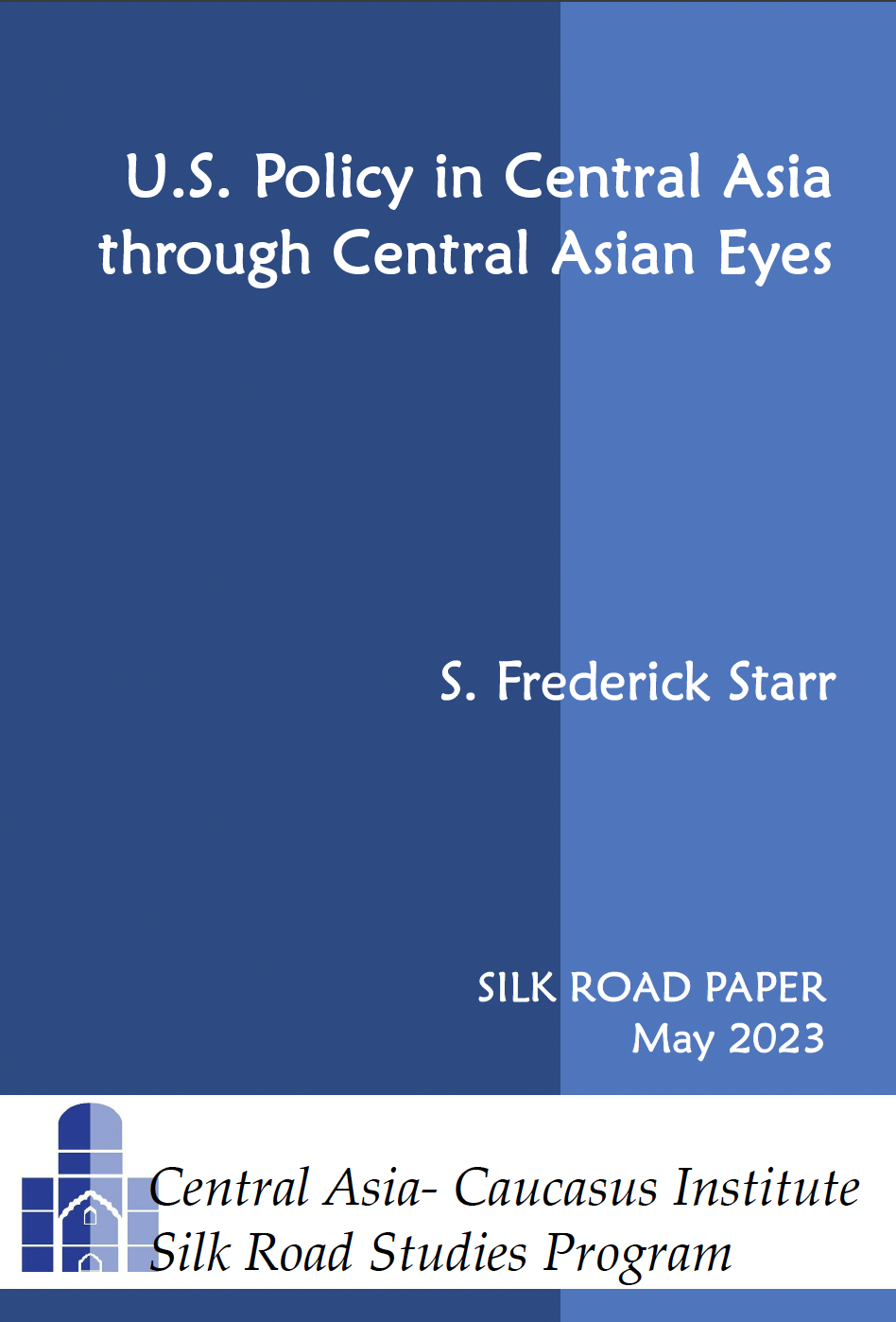How Russkii Mir Enters Central Asian Politics
By Erica Marat (01/22/2015 issue of the CACI Analyst)
In Central Asia, developments in Ukraine are often seen through the lens of Kremlin propaganda. In Kazakhstan, provocative statements from high-level Russian politicians regarding statehood and separatism in Kazakhstan were reinterpreted and refuted by experts and MPs. In Kyrgyzstan, discussion has been more decentralized and initiated by pro-Russian MPs and NGOs. President Atambayev and other political actors prefer to ignore them, avoiding to blame the Kremlin directly. The influence of Kremlin propaganda poses a more urgent threat to the sovereignty of both countries than does the possibility of Kremlin hard-policy actions to destabilize parts of Kazakhstan or Kyrgyzstan in a similar fashion to Moscow’s actions in Ukraine.
Kabardino-Balkaria: Conclusion of Nalchik Trial Fails to Calm Volatile Republic
By Valeriy Dzutsev (01/22/2015 issue of the CACI Analyst)
Amid allegations of abuse, a highly controversial trial ended in lengthy prison sentences to suspected Islamic militants in Kabardino-Balkaria. An already violent republic may experience another spike of violence as the authorities demonstrate their lack of willingness to find political compromises. The absence of political mechanisms for bringing changes to the state system and economic recession are the two other major factors that will likely contribute to the deterioration of the security situation in the republic. Moscow’s reliance on crude force and refusal to use political dialogue to settle differences are contributing factors to the instability in the republic.
China's Silk Roads and Their Challenges
By Stephen Blank (01/07/2015 issue of the CACI Analyst)
Few realize that China is actually building three Silk Roads, one through Central Asia to Europe; a second, maritime one, through South East Asia to India and South Asia; and third, China is building a robust commercial network through the Arctic to connect it with Europe. In all three cases there is a common geopolitical dream that has been shared by Russian and Asian leaders since the opening of the Suez Canal: building a land-based alternative connecting East, South, and Central Asia to Europe by purely terrestrial means. China’s plans for Central Asia are extraordinarily ambitious but there are serious problems that could undermine them.
No Light at the End of the Tunnel: Obstacles to Revival in the Georgian-Ossetian Conflict Zone
By Tomáš Baranec (01/07/2015 issue of the CACI Analyst)
In the course of 2014, developments in the Georgian-Ossetian Administrative Border Line (ABL) attained some attention in both Georgian and international media. This was due to renewed fencing activities by the Russian army and the de facto South Ossetian authorities in September 2013. However the roots of the problems, which local dwellers have to face in their daily life, are more acutely linked to the “water embargo” imposed on the region by the South Ossetian de facto authorities and the Russian trade embargo on their agricultural products.



 Silk Road Paper S. Frederick Starr,
Silk Road Paper S. Frederick Starr,  Book Svante E. Cornell, ed., "
Book Svante E. Cornell, ed., "